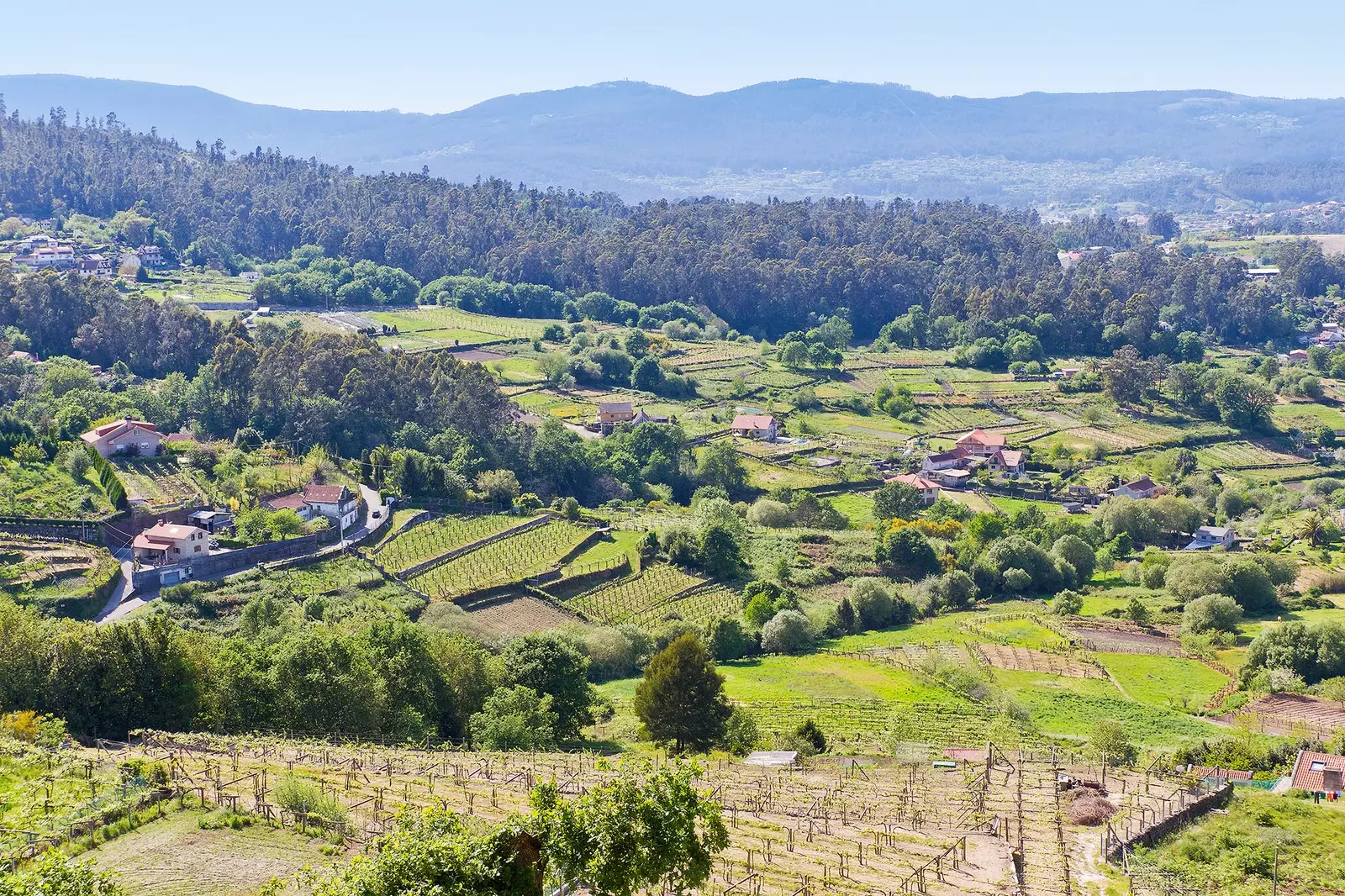
From the top of the castle of Soutomaior
Spain is a wine country . Around a good wine we have conversations in which we try to fix everything, from the lives of our friends and relatives – because ours is always better than theirs – to the problem of global warming, going through Spanish politics and seasoned with some banal issues, such as the latest fashion series and some romantic gossip about people close to you.
And it is that the grape provides us with its juice to become the blood of the Iberian Peninsula since the times of the Phoenicians, just over a millennium before the arrival of that Messiah for whom we celebrate Christmas. The Phoenicians brought wine to the south of Spain , but this liquid that warms hearts and minds is found today throughout the geography of our country.
In ** Galician lands **, the soft breath of Atlantic Ocean It extends through green valleys that appear guarded by slopes covered with lush vegetation. In these valleys grow vineyards, cared for and worked by the efforts of several generations of families through whose veins flows a blood that is wine.
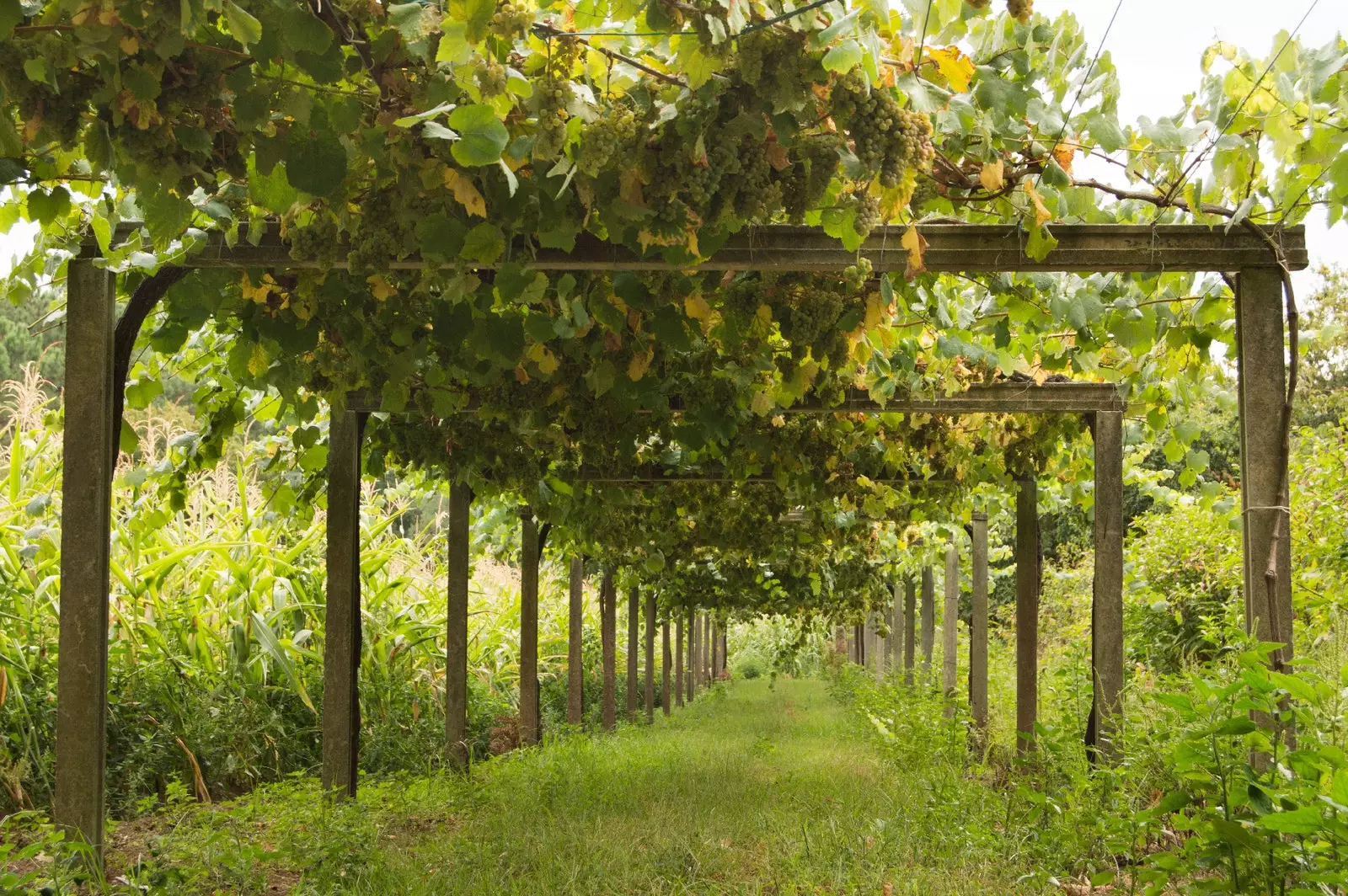
Albariño vineyards in Pontevedra
It was this strong Galician wine tradition that led to the creation of the Rias Baixas Wine Route (either Rías Baixas Wine Route ).
WHAT DOES THE RÍAS BAIXAS WINE ROUTE CONSIST OF?
Before going into the matter in depth, the first thing you should know is that the Rías Baixas Wine Route is not only for connoisseurs of this wonderful wine. You can enjoy it even if your knowledge of wines is limited to a simple assessment that varies between “I like it” and “I don't like it”.
the flavors to noble woods and tropical fruits , densities on the palate and tongue, and traces of smells that remind you of that special day of your youth, you can leave it, calmly, for the experts on the subject, or for the many who are not and pretend to be.
Wine, and all the cultural halo that surrounds it, are to be enjoyed . No more. Without the need for flourishes expressed with phrases that seem to be taken from a book of Neruda's poems.
That's him main objective of the association that created the Rías Baixas Wine Route.
Along this route, in addition to learning about and enjoying wine, you will be able to admire the historical heritage legacy of the area, savor its varied gastronomy, observe how people live and immerse yourself in a nature that allows you to carry out numerous outdoor activities.
It is one of the most complete wine tourism experiences that you can find in Spain and Europe, being the result of the combined effort of a network of 52 wineries, 19 lodges, 7 restaurants and a good number of people who have given their hearts to wine and its culture.
WHERE IS THE RÍAS BAIXAS WINE ROUTE
The Rías Baixas Wine Route runs from north to south through the westernmost part of Galicia and includes Pazos, wineries, landscapes and towns that are scattered from the border with Portugal, in the province of Pontevedra, to the south of A Coruña.
There are five geographical areas where you will find Rías Baixas Denomination of Origin wines: ** O Rosal , Val do Salnés , Condado do Tea , Ribeira do Ulla and Soutomaior **.
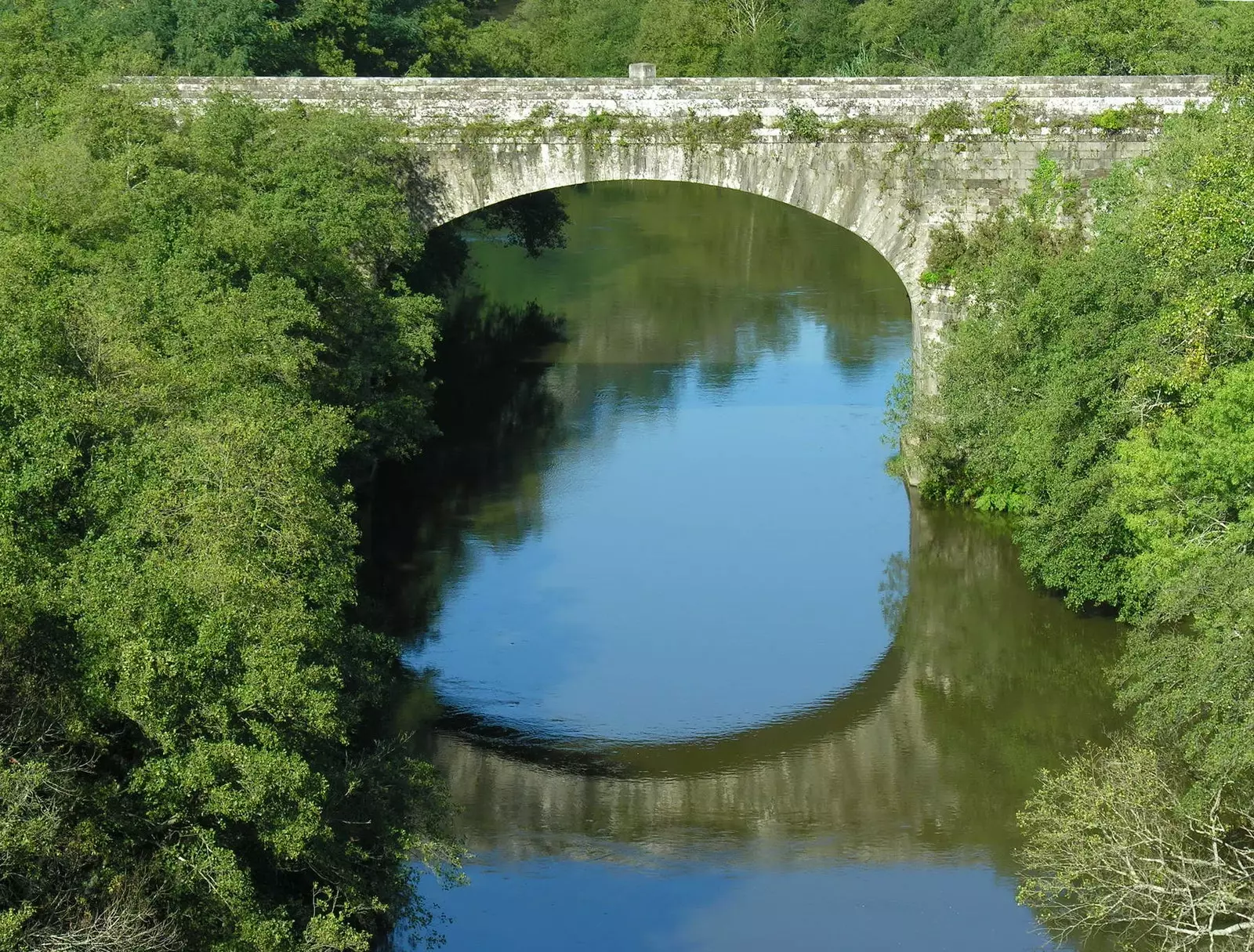
The river Vedra as it passes through Vedra
WHAT YOU CAN DO AND WHAT YOU CAN SEE ON THE RÍAS BAIXAS WINE ROUTE
Obviously, one of the things you must do while touring any part of the Rías Baixas Wine Route is wine tasting . Of course, there are ways and forms to taste wines.
In Galician Manor House , a hotel-winery located in Vedra , the great Manuel García Gómez wanted, in 1990, to resume the production of a quality albariño in a historic property. The house that houses the hotel was the residence of the writer Antonio Lopez Ferreiro , discoverer of the tomb of Santiago Apostle.
His vineyards extend over 4 beautiful hectares of the Ulla river valley and produce an excellent Albariño that sleeps 6 months in barrels before being bottled , thus putting an end to the myth that quality Albariño is young and recently produced.
Although if you are a lover of history, the Pazo de Rubianes will be, for you, the greatest attraction of the Rías Baixas Wine Route.
Built in 1411, and renovated in the eighteenth , the Pazo de Rubianes is an authentic museum that houses valuable objects of art and antiques from all corners of the world.
Its library keeps copies of exceptional value and rivals in mystery and beauty with the 16th century stone chapel, Possessed by ghost stories.
However, the real beauty of the Pazo de Rubianes is outdoors , where beautiful gardens are home to more than 4,000 camellias and hundreds of varieties of plants and trees.
With them, 25 hectares of vineyards that dye the slopes of the gentle hills that guard the pazo in a uniform green color. One of the best albariños in Galicia is extracted from them.
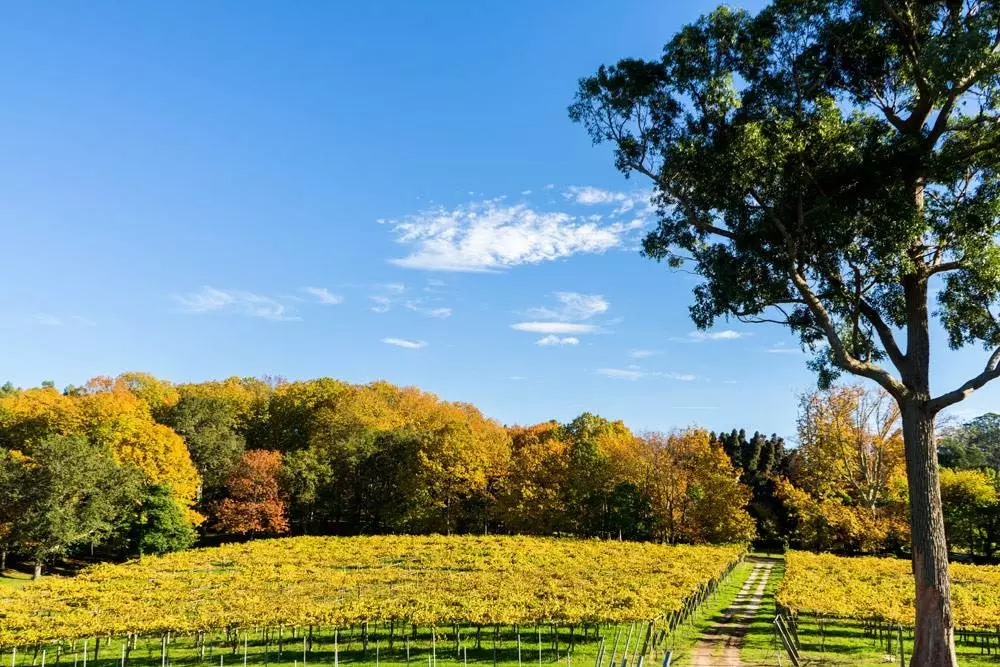
The true beauty of the Pazo de Rubianes is outdoors
Something more familiar is the environment that surrounds the Lagar de Pintos winery , perfect to complete a triumvirate of wine tastings that will leave you more than satisfied. Located in Ribadumia , in this cellar of the castro family architecture, vineyards and nature are integrated in perfect harmony, to obtain excellent albariños, Mencía grape red wines and several high-grade liquors.
And if you have had enough with three tastings, you can take the opportunity to breathe fresh air while contemplating spectacular landscapes offered by the viewpoints of Monte de Santa Tecla, which opens up facing the sea in the municipality of **A Guarda, and Monte Lobeira ( András, Vilanova de Arousa) **, where you will also find the remains of an old fortress.
You can also do parts of stages of the mythical Camino de Santiago or, if your emotions are a little stronger, kayak down the waters of the Umia River. To do this, you can count on the help and guidance of the magnificent guys from the ** Club Náutico O Muiño **. A very common route – and suitable for almost all levels – is one that runs through a 8 km section very close to the mouth of the Umia in the Arousa estuary. The current here is constant, but not too strong, and you only have to worry about a couple of tiny rapids while enjoying a green landscape dotted with country houses and, of course, vineyards.
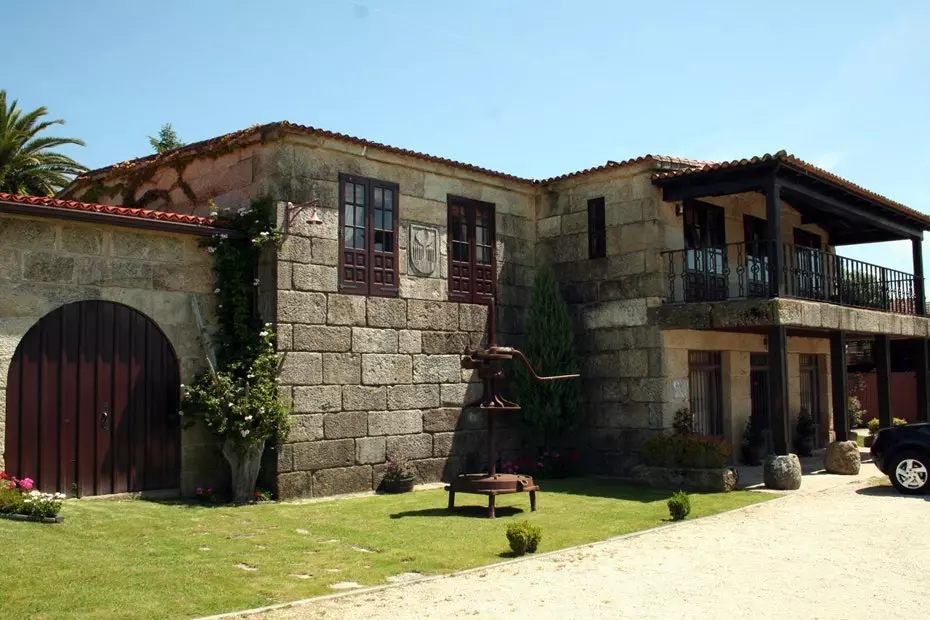
The Lagar de Pintos winery, owned by the Castro family
Very different is the framework in which some of the toughest women in the world move. They are the shellfish from Cambados . Through the association ** Guimatur ** (Cultural Association "Mulleres do Mar do Cambados") you can learn, guided by one of the shellfish workers, ** what her work and life is like.**
Just over 300 women - for only 8 men - from this beautiful town, comb every day, at low tide, the waters of the Arousa estuary in search of clams, cockles, razor shells and other top quality products.
To do this, the women walk to the beach, pushing their carts equipped with an angazo (a kind of rake) and a ganchelo (a small hand shovel), to face periods of 4 or 5 hours a day with my back bent and my feet sunk in the mud. Your product is worth your sweat and the lower back problems that everyone has when reaching premature old age.
Remember them when you try clams and razor clams paired with the magnificent Albariño from the Rías Baixas. And it is that the wine of this route is not only drunk, but also lived.
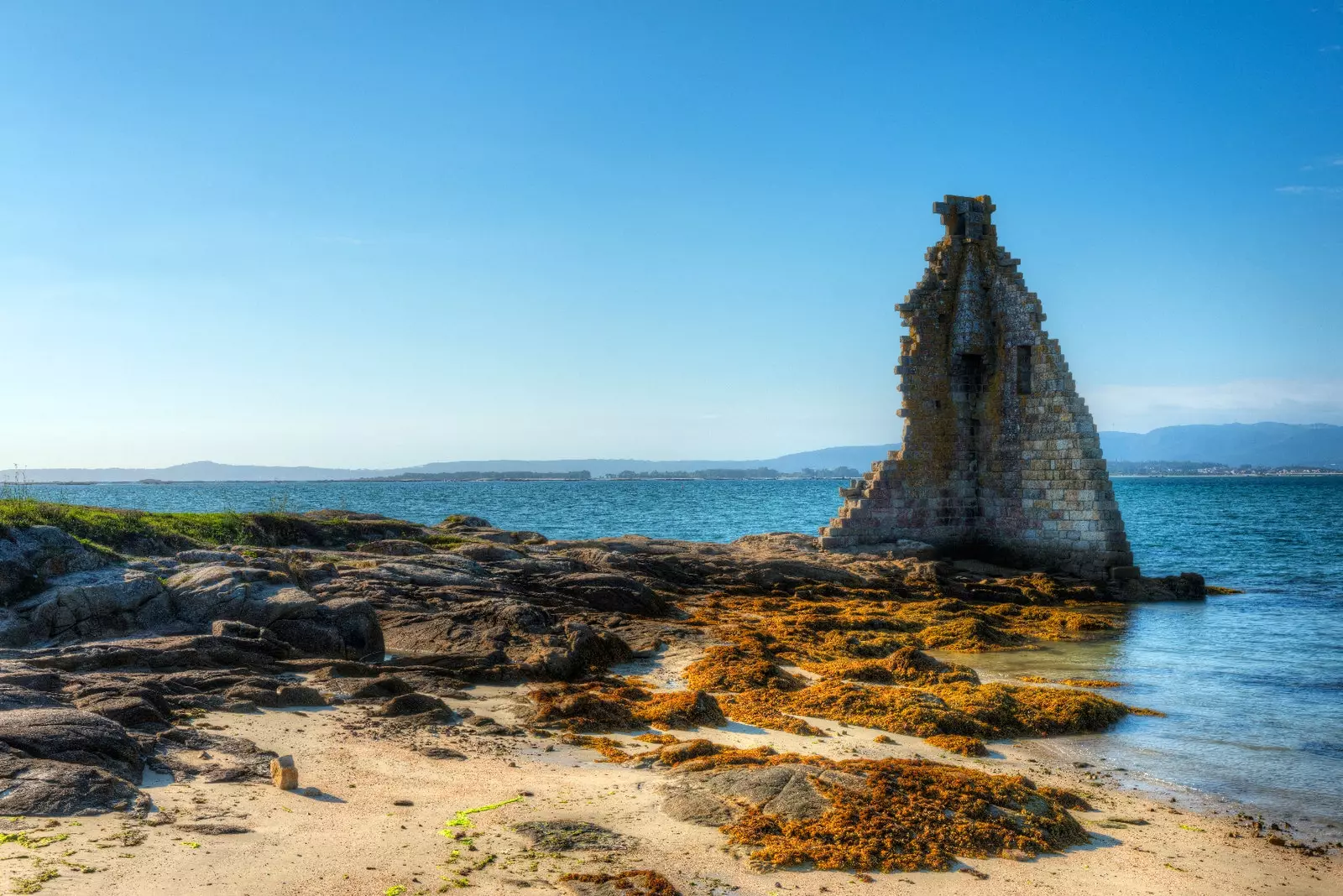
The tower of San Sardonino in Cambados
